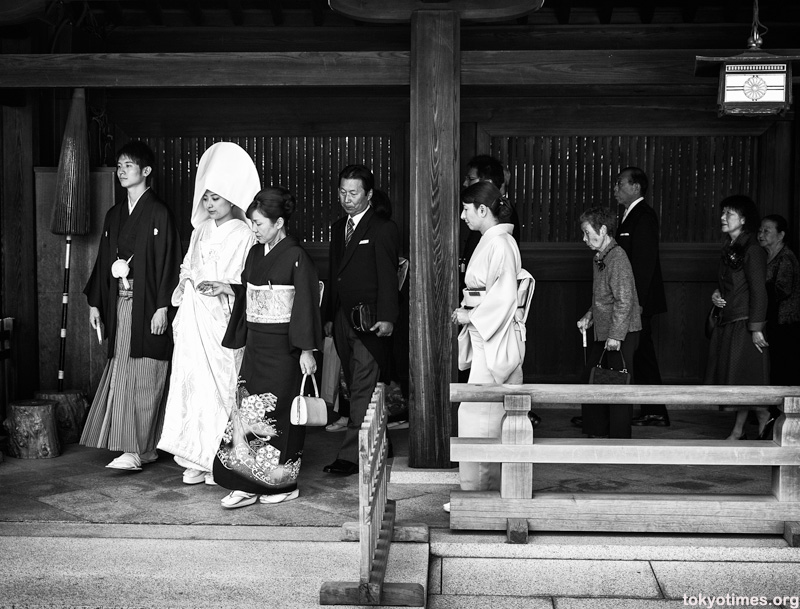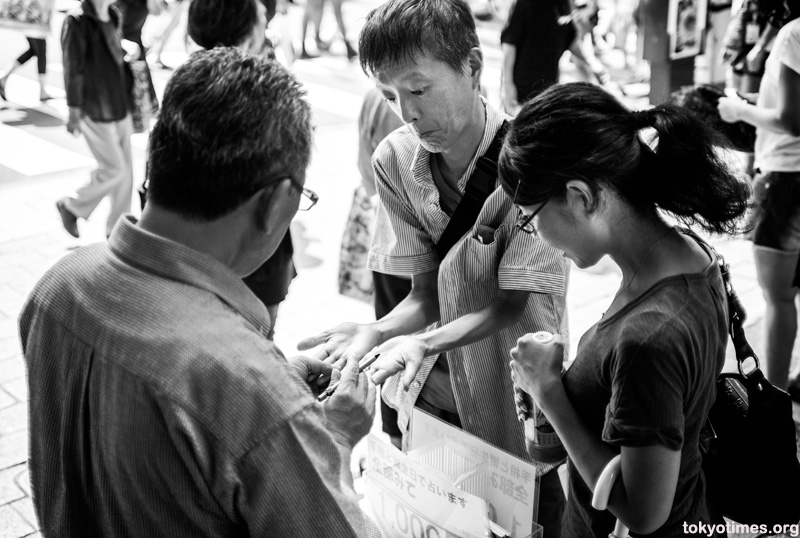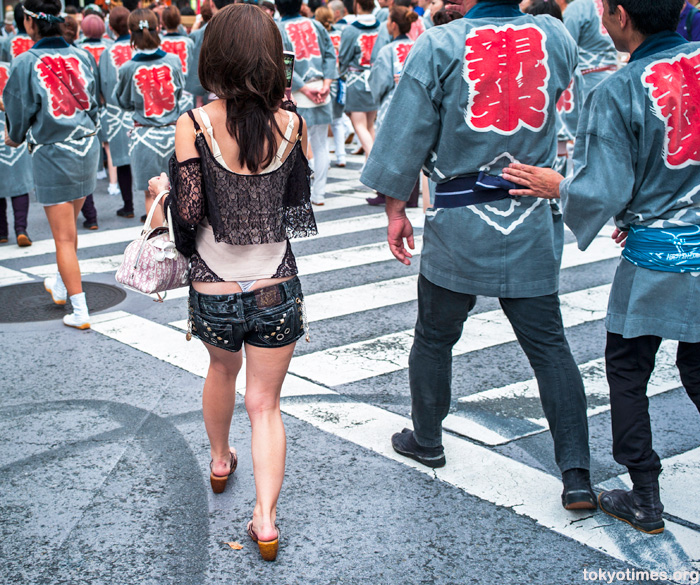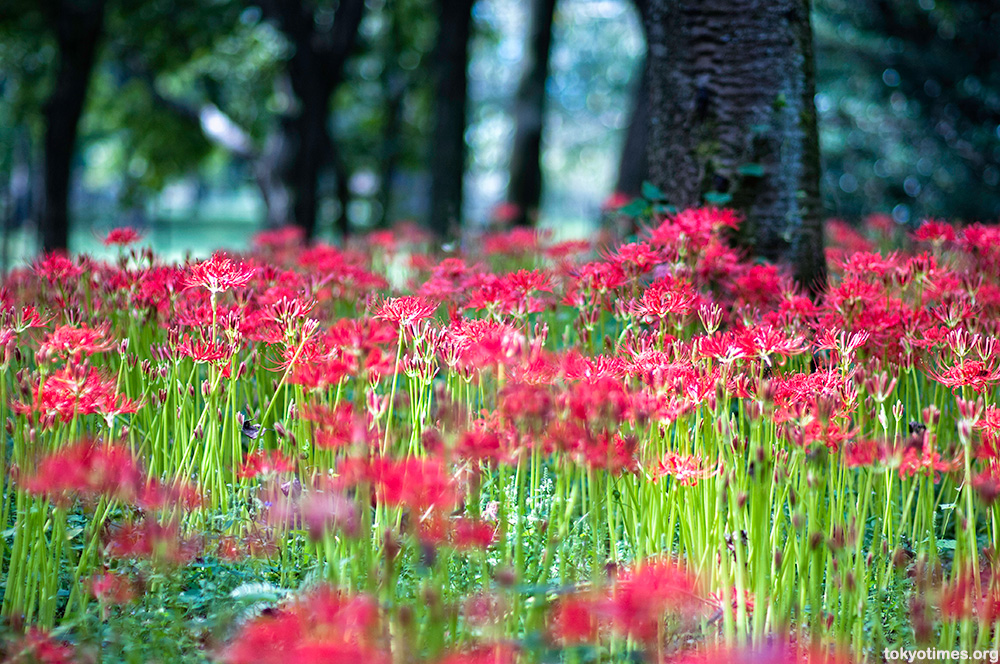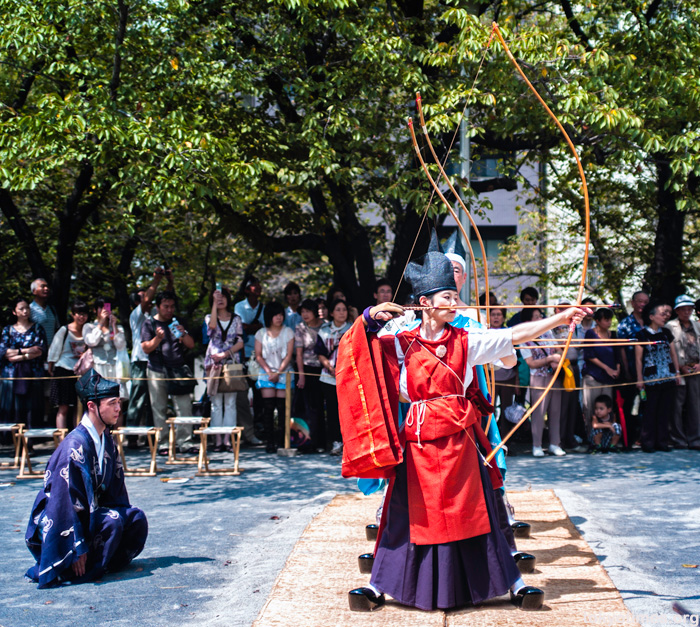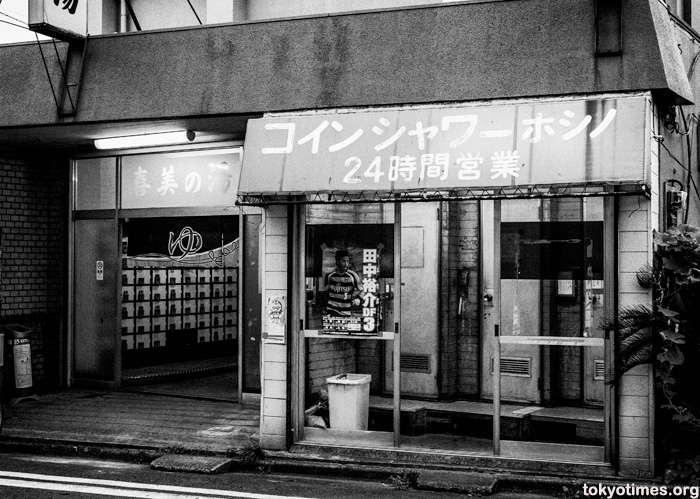Even taking fashion out of the equation, it’s no wonder Christian-style weddings are becoming the norm in Japan, as for the bride at least, it means there’s no need to suffer the uncomfortable kimono and heavy wig of a traditional Shinto ceremony. But as a spectacle — to these foreign eyes at least — the latter really is something else. A wonderful melding of the past and present. And one that while somewhat somber, also appears incredibly serene.
